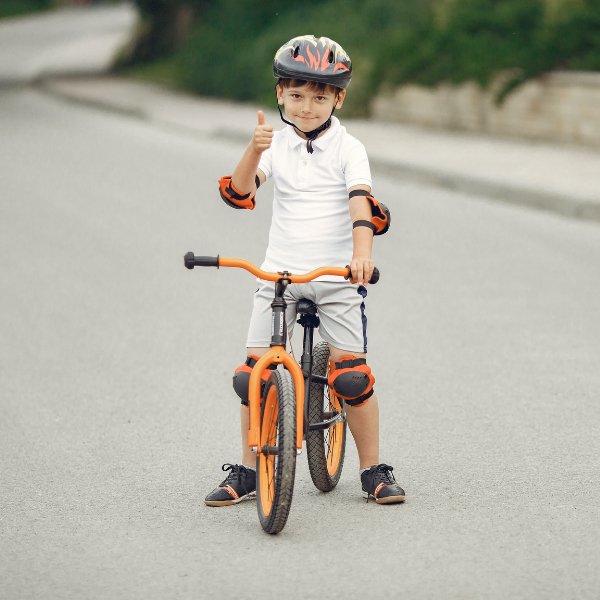Ride Safe: Tips For Keeping Your Bike Safe

Better Safe Than Sorry
Bike thefts are, sadly, all to common. While we likely can't prevent 100% of bike thefts, what we can do is reduce opportunity of theft and we can make it as difficult as possible for someone else to run off with our bikes. Here is our list of the best practices for keeping your bike secure and all yours for as long as you want to ride it.
1. Register your bike with BikeIndex.org
While this might not seem helpful, an obvious BikeIndex sticker may make a potential thief think twice about lifting your bike. Given a choice between a registered vs an unregistered bike, a thief who wants an easier payday might choose to lift the unregistered bike. Many local pawn shops have arrangements with local police forces. When BikeIndex registered bikes are turned in at these pawn shops, the police are contacted. As well, during high theft periods, police officers routinely tour pawn shops looking for lost and stolen bikes. Registration is free and you can reach out to us for more information on the program and for a free sticker for each of your bikes. The BikeIndex program works to facilitate the return of registered bikes to the owner. The program has been responsible for returning tens of millions of bikes.
2. Lock your bike.
Any dedicated and determined thief can get through just about any lock and the higher quality, more tamper resistant locks are expensive. Regardless, we don't think there isn't a lock out there that can't be broken by the determined thief with the right tools. We suggest you consider the lock to be a deterrent, not a guarantee. Also, consider the value of your bike, the security of the area you are locking your bike and the risk of theft when selecting your lock. Generally, the more security you need or want, the more you will spend for your lock. We like to say that it's good to have a better lock than the bike parked beside you in hopes that a potential thief will choose the path of least resistance and go after the bike not locked up or a bike with a less secure lock. The more established lock brands will also provide registration and anti-theft programs (note that these are not intended to be insurance policies).
3 Insure your bike
Yes, this one won't prevent but it will hopefully make the replacement process a little less painful.
4. Attach an AirTag to your bike
An AirTag is a great tool for tracking your bike during travel or if it is lost or stolen. The AirTag covers we offer can be mounted in discrete spots on your bike and can go undetected to potential thieves. Here are a few things to consider:
- If the AirTag cover isn't spotted, it can be pinged so you can locate it.
- If the AirTag cover is spotted, a potential thief might try to remove or break the cover. Without the special tool, they can't easily remove the cover. They can try to break it open but that can be difficult if it is mounted under a bottle cage.
- If the AirTag cover is spotted, a potential thief might move on and look for a bike that isn't tagged.
- If an AirTag cover is spotted and successfully removed, the thief might stop looking for more anti-theft devices. A second AirTag might go undetected.
- Like locks, there are price ranges for AirTag covers and holders. The ones we offer might only be plastic but they are waterproof so you know your AirTag will be protected from weather. As well, it is more affordable than the metal ones and it is still affordable to mount more than one on your bike.

5. Secure storage
We know safe and secure storage isn't always an readily available. Thankfully, more employers are providing bike storage space and even some car park facilities offer bike storage.
6. Cover your bike
When storing your bike at home, indoor storage is more secure than outdoor storage. Covered storage is better than uncovered storage. There are bike covers that can be locked down and secured to your bike. Again, a big part of theft prevention is reducing opportunity. A potential thief looks for obvious and easy targets. If they can't see it, it is less likely to be a target. Plus, a cover helps keep your bike clean and can prevent environmental damage to your bike.
We will continue to add to this list as we go. If you have any suggestions you think we should add, please share them!




Comments